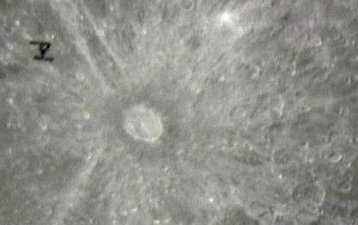 Where's Saturn? Is that a UFO--or the ISS? What's the name of that star? Get the answers from mySKY--a fun new astronomy helper from Meade. . Where's Saturn? Is that a UFO--or the ISS? What's the name of that star? Get the answers from mySKY--a fun new astronomy helper from Meade. . SUPER-METEOR: Last night, a fireball reported to be 100 times brighter than a full Moon streaked over Finland. Witnessness say the meteor exploded in mid-air, but it is not yet known if large pieces of the space rock fell to the ground. Stay tuned for updates. NORTHERN LIGHTS: Northern sky watchers should be alert for auroras tonight. Earth is inside a high-speed solar wind stream that is causing intermittant geomagnetic storms. Here is the view this morning from Mo i Rana, Norway, 
Photo details: Nikon D80, Sigma 20mm lens, 10s at f/2.2. ISO 400
"These were my first auroras of the season--and nice and bright ones, too!" says photographer Petter Hamnes. They had to be bright to pierce the glare of the nearly full Moon. Lunar interference isn't all bad, however; note the lovely moonlit waterfall in the foreground. September 2007 Aurora Gallery
[August 2007 Aurora Gallery] [Aurora Alerts] SPACECRAFT OVER TYCHO: Two nights ago in Southgate, Michigan, Mark Wloch photographed a spacecraft flying past lunar crater Tycho: 
Photo details: Celestron C-8, Philips ToUcam Pro II @ 30 fps, 1/500s per frame.
"It was the International Space Station," he says. "I captured the transit using my 8-inch Celestron telescope and a Philips ToUcam Pro II video camera." The station's silhouette (sometimes likened to that of a TIE fighter) nicely traces the 256-foot solar wings that provide power for the two cosmonauts and one astronaut now onboard. Next week, the sprawling station will appear not in silhouette but as a radiant point of light gliding through the night sky of many US towns and cities. Check Heaven's Above for flyby timetables--or let us call you when the ISS is about to appear over your home town. | 
